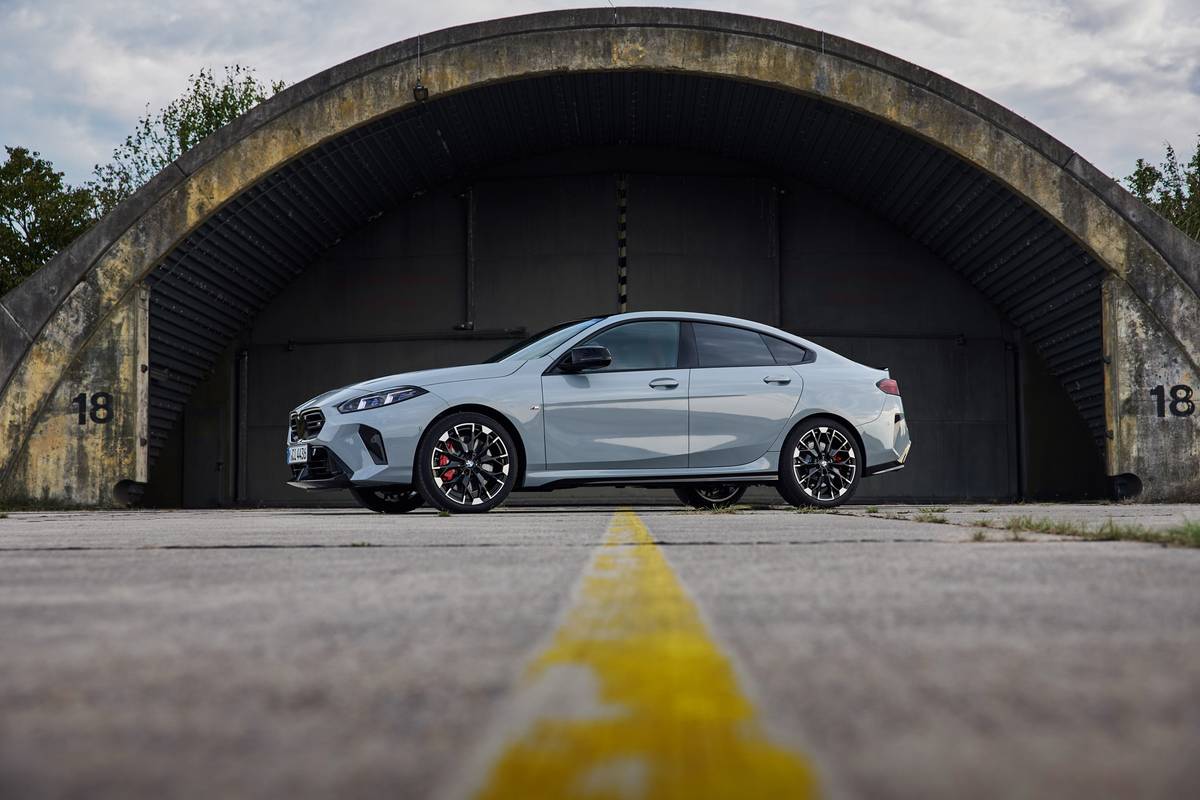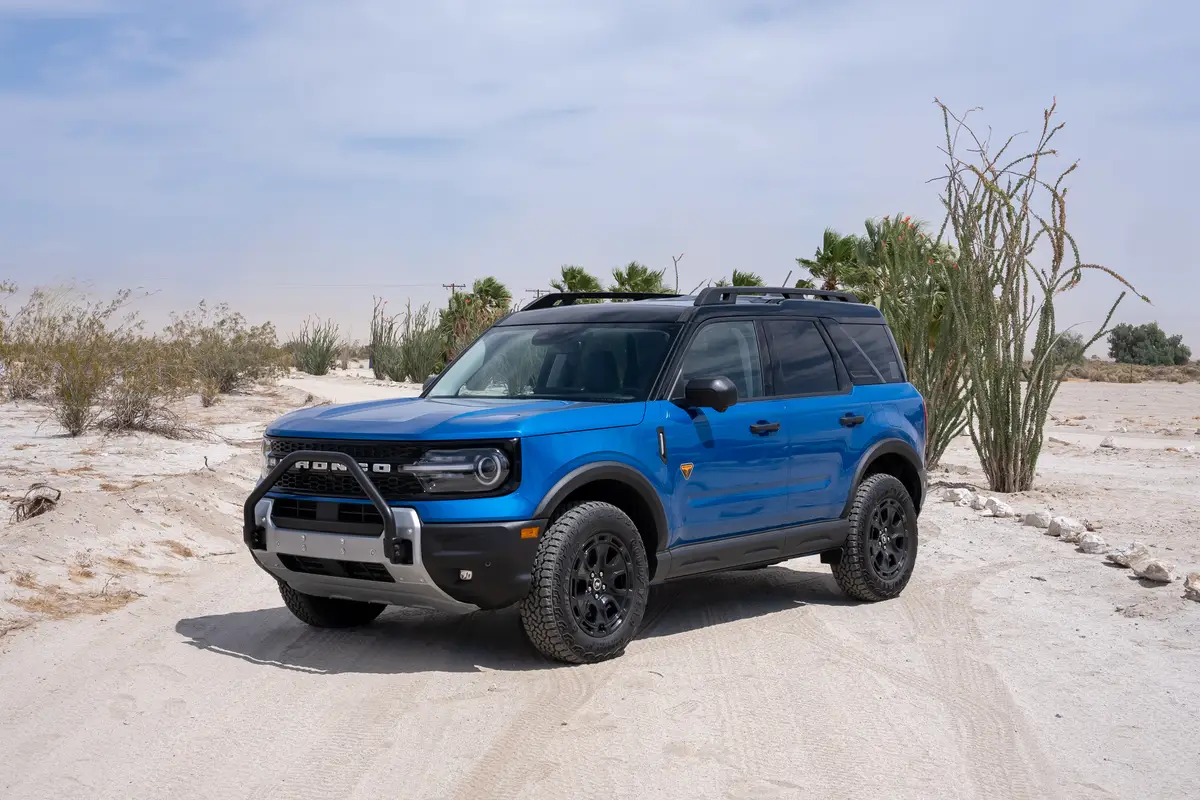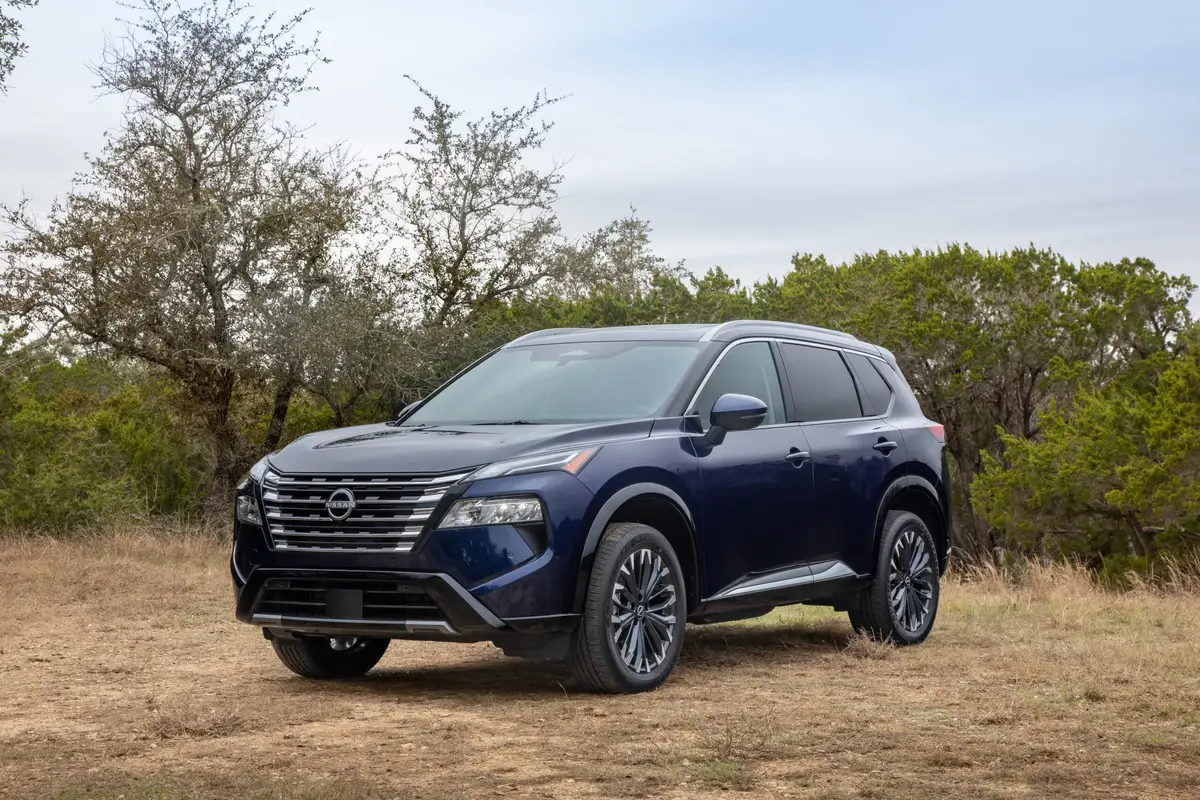washingtonpost.com's view
GREENVILLE, S.C. — It was a short drive. But I ended it thinking that the 2007 Toyota Camry SE V-6 was the best Camry I’ve driven or seen.
That’s saying something. Loyal readers know I’ve cared little for the Toyota Camry. It matters not that it was the best-selling car in the United States for eight of the past nine years. It was insufferably boring, the automotive equivalent of celibacy in a tempestuous world of sin.
Mea culpa, mea culpa, mea maxima culpa, I beg your forgiveness. But I’ve long found sin more interesting than virtue. It is why I became a journalist.
The predecessor Camry cars did little for me.
You may ask: “How can you praise an equally ascetic car, such as the Chevrolet Malibu Maxx SS, as you did in a recent review, and turn up your nose at the Camry? Isn’t that hypocritical?”
Of course it is. But I’ve told you of my interest in sin, and we all know that hypocrisy is the smiling child of evil. Still, it serves a redemptive purpose. In my case, it allows me to express love for underdogs, one of which is the Chevrolet Malibu, which in my real-world driving experience has been every bit as good and reliable as the much-ballyhooed Camry but has been maligned primarily because it is a Chevrolet.
But it now appears that the Malibu, and all other mid-size family sedans competing against the Camry, will have to step up a notch. Someone at Toyota has discovered that passion and marriage are not mutually exclusive concepts, that virtue absent sin lacks dynamic appeal (without sinners, the righteous would have no one to pray for, or condemn), that sex sells.
For the 2007 Camry line — five models, including a gas-electric hybrid — it all amounts to a good thing.
Exterior styling is sinewy, evocative. It makes you feel something where, with the old Camry, you once felt nothing. People will love or hate it. It is deliciously polarizing. Joy! After 24 model years in the United States, we have an emotional Camry!
The new Camry’s wheelbase, the center-line distance between its front and rear wheels, is longer than that of its predecessor. Its track, the horizontal distance from the center tread of one tire to the center tread of the tire on the opposite side, is wider.
Its overall stance bespeaks swagger, a characteristic enhanced by the modest center bulge of its hood, which is no act of tumescent ego and flaccid logic. On the contrary, it is a work of the noble intent to reduce the chance of serious or fatal injury to a pedestrian struck by the automobile.
In such unhappy events, according to numerous accident studies, the pedestrian’s body first lifts into the air and then slams onto the car’s hood, crushing the hood into the automobile’s unyielding engine block, and in that way causing severe bodily harm. The new Camry’s bulbous hood has been structured to cushion the body slam and give the victim a better chance of survival.
The interior is a work of swank modernity, the most visible feature of which is a brushed-aluminum center console with a translucent plastic center plate back-lit by soft blue-green light. The overall passenger cabin is comfortable, ergonomically sensible. I like it.
I also like the way the tested 2007 Camry SE V-6 drove in the ice and rainstorms that accompanied my visit here. Weather, road conditions and common sense did not favor a pedal-stomping romp along local highways. There was no real opportunity to rev up the new car’s 268-horsepower V-6 engine. Yet the car felt solid, sure-footed, and it did a good job of distancing itself from several 18-wheelers, the drivers of which apparently believed that the weight of their speeding rigs would keep them from hurtling off icy roads.
So, that is where I’ll leave things until I have an opportunity for longer drives of all of the new Camry models, including the gas-electric hybrid. I like this car. I know a sinner when I see one.
Latest news



